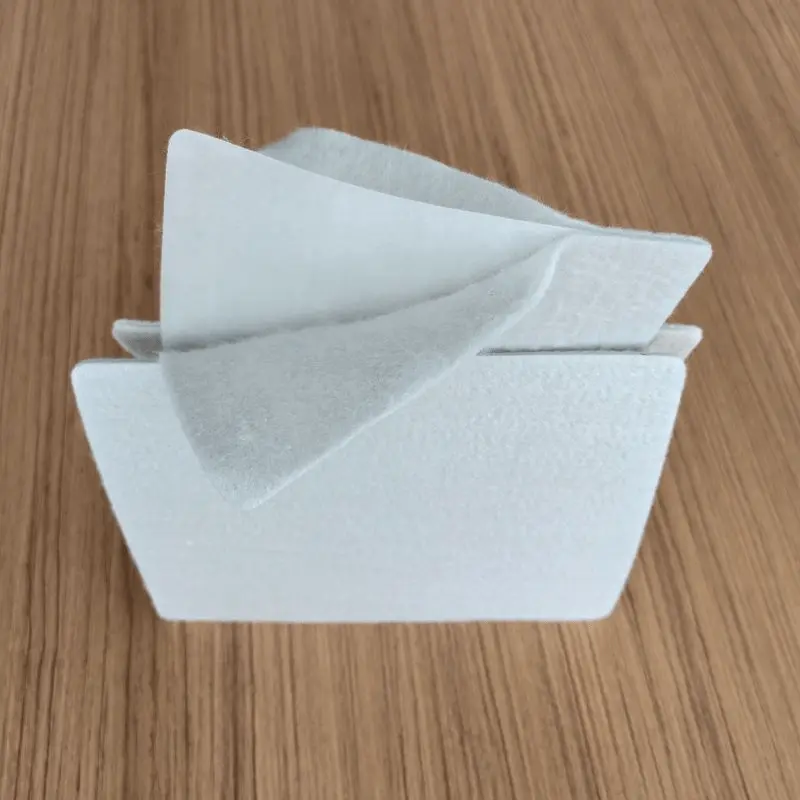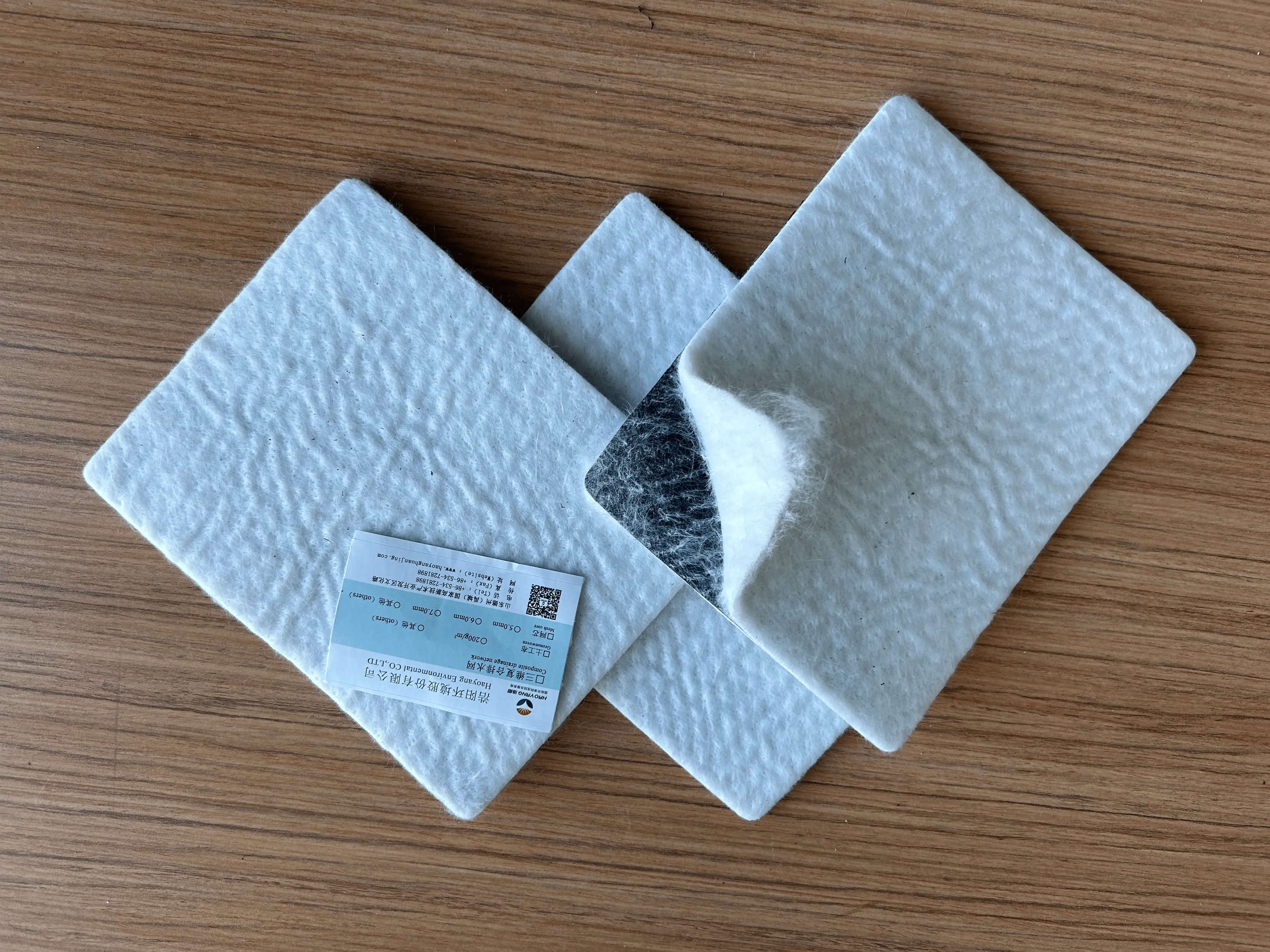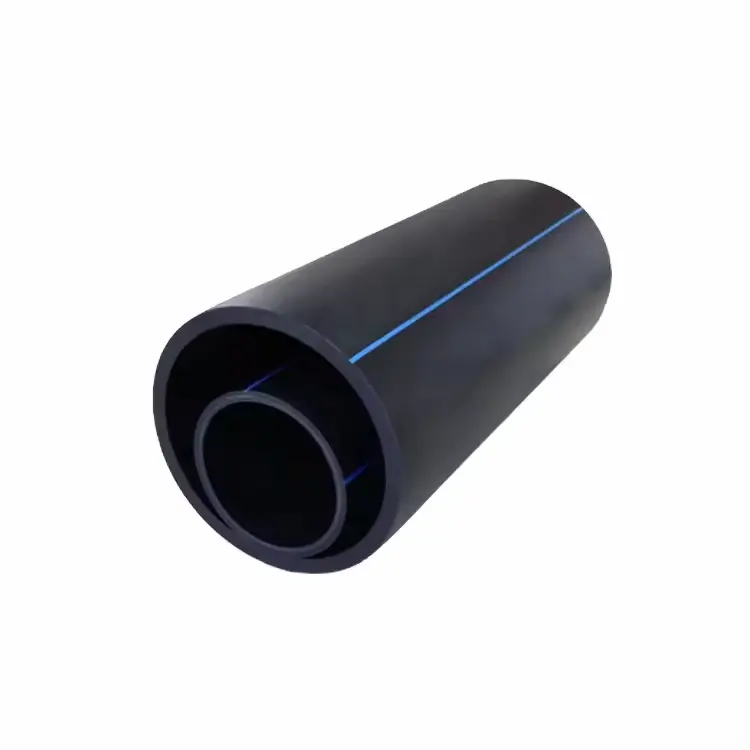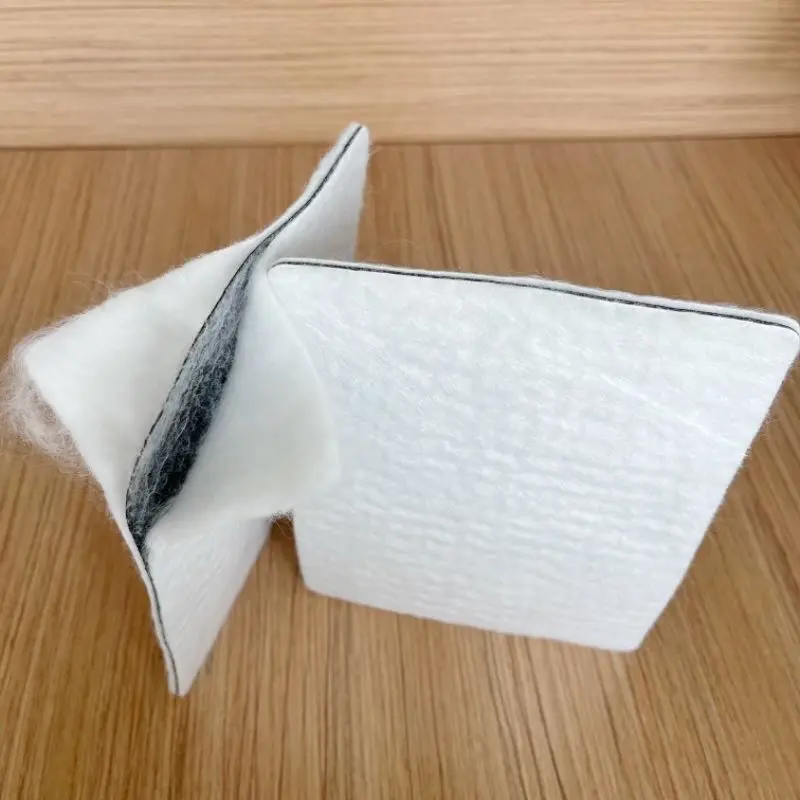Cenizas volantes ultrafinas en centrales eléctricas: peligros, eliminación y el papel de las geomembranas compuestas de filamentos
The hazards of impermeable solid waste, specifically ultra-fine fly ash from power plants, manifest in several significant ways:
Environmental Pollution: Ultra-fine fly ash particles are extremely small and lightweight, making them easily airborne and prone to causing atmospheric pollution. When dispersed by the wind, these particles can contaminate the air, leading to respiratory problems in humans and animals. Additionally, if ultra-fine fly ash enters water bodies, it can cause serious water pollution, affecting aquatic life and drinking water quality.
Land Resource Occupation: The storage of large quantities of ultra-fine fly ash requires substantial land area, leading to the occupation of valuable land resources. This land could otherwise be used for agriculture, construction, or natural habitats, and its use for ash storage can lead to further environmental degradation.
Harm to Human Health: Ultra-fine fly ash contains harmful substances, including heavy metals and radioactive elements. Prolonged exposure or inhalation of these particles can pose significant health risks, such as respiratory issues, cancer, and other chronic health conditions.
Impact on Agricultural Production: When ultra-fine fly ash contaminates farmland, it degrades soil quality by altering its chemical composition, which can inhibit the growth of crops and reduce agricultural productivity. This not only affects food supply but also the livelihoods of farmers.
Ecological Damage: The disposal of ultra-fine fly ash can lead to ecological damage, including the destruction of soil structure and the disruption of plant and animal life. The presence of harmful chemicals in fly ash can affect plant growth and reduce biodiversity.
To mitigate these hazards, effective management and disposal strategies are essential. One effective solution is the use of filament composite geomembranes, which offer several key benefits in managing ultra-fine fly ash:
Prevention of Dust Pollution: Filament composite geomembranes, with their high tensile strength and wind resistance, can effectively suppress the dispersion of fly ash particles, thereby reducing air pollution.
Leakage and Pollution Prevention: The impermeable nature of these geomembranes ensures that fly ash is contained, preventing its leakage and thereby protecting groundwater and soil from contamination.
Corrosion Resistance: The high corrosion resistance of filament composite geomembranes shields them from the harsh chemicals present in fly ash, ensuring a longer service life and maintaining the integrity of the containment system.
Facilitation of Stacking and Utilization: With their strength and flexibility, filament composite geomembranes simplify the storage and transportation of fly ash, making it easier to manage and potentially repurpose as a resource.
In summary, the application of filament composite geomembranes in the treatment of ultra-fine fly ash impermeable solid waste from power plants is crucial. These geomembranes help reduce pollution, protect the environment, and promote the recycling of resources. However, it's essential to consider that the properties and treatment requirements of fly ash can vary depending on the specific conditions of each power plant. Therefore, selecting the appropriate geomembrane materials and treatment methods should be based on a thorough evaluation of the actual circumstances.
A continuación se muestra un ejemplo del proyecto de eliminación de residuos sólidos impermeables para cenizas volantes ultrafinas en plantas de energía realizado por Haoyang Environmental Co., Ltd:
125099.webp)
(El sitio de construcción del proyecto del área de eliminación y almacenamiento de residuos sólidos impermeables a cenizas volantes ultrafinas en la planta de energía Lingwu de China Huadian Corporation se encuentra en la ciudad de Lingwu, región autónoma de Ningxia Hui)
The construction period for the ultra-fine fly ash comprehensive utilization project at the Lingwu Power Plant of China Huadian Corporation was planned from October 2015 to September 2018, spanning three years. This large-scale project, aimed at managing and utilizing fly ash, was invested in and constructed by Hangzhou Jinjiang Group Ningxia Jinxiang Industry Company, a recognized leader in the circular economy and a key demonstration enterprise for industrial impermeable solid waste comprehensive treatment in the Ningxia autonomous region.
With a total investment of 520 million yuan, the project covers an area of 185 acres. The key components of the construction include fly ash grinding stations, scientific research centers, and ash storage areas, with an impressive annual processing capacity of 3 million tons of fly ash. The project is expected to generate an annual sales revenue of 3 billion yuan, effectively addressing the fly ash produced by the Lingwu Power Plant and facilitating the comprehensive recycling of industrial waste residue.
A critical aspect of this project is the adoption of long-fiber composite geomembrane in the seepage prevention system. This geomembrane plays a vital role in preventing alkaline leachate from leaking out and contaminating the surrounding environment. Our company's long-fiber composite geomembrane was selected for its superior qualities, including high tensile strength, puncture resistance, acid and alkali resistance, corrosion resistance, microorganism resistance, and aging resistance.
This geomembrane not only provides essential functions such as closure, seepage prevention, isolation, reinforcement, and protection but also performs exceptionally well in the undulating terrain and harsh conditions of alkaline waste residue storage. With its excellent filtration and soil retention properties, it ensures effective isolation, drainage filtration, and protection, contributing to both the environmental and economic success of the project.
The project has now been successfully implemented and is in operation, delivering significant environmental and economic benefits. The use of long-fiber composite geomembrane has proven to be a key factor in its success, ensuring the safe and sustainable management of fly ash and reinforcing the project's role as a model for industrial waste treatment.
822.webp)

894.webp)

925.webp)

992.webp)

855.webp)